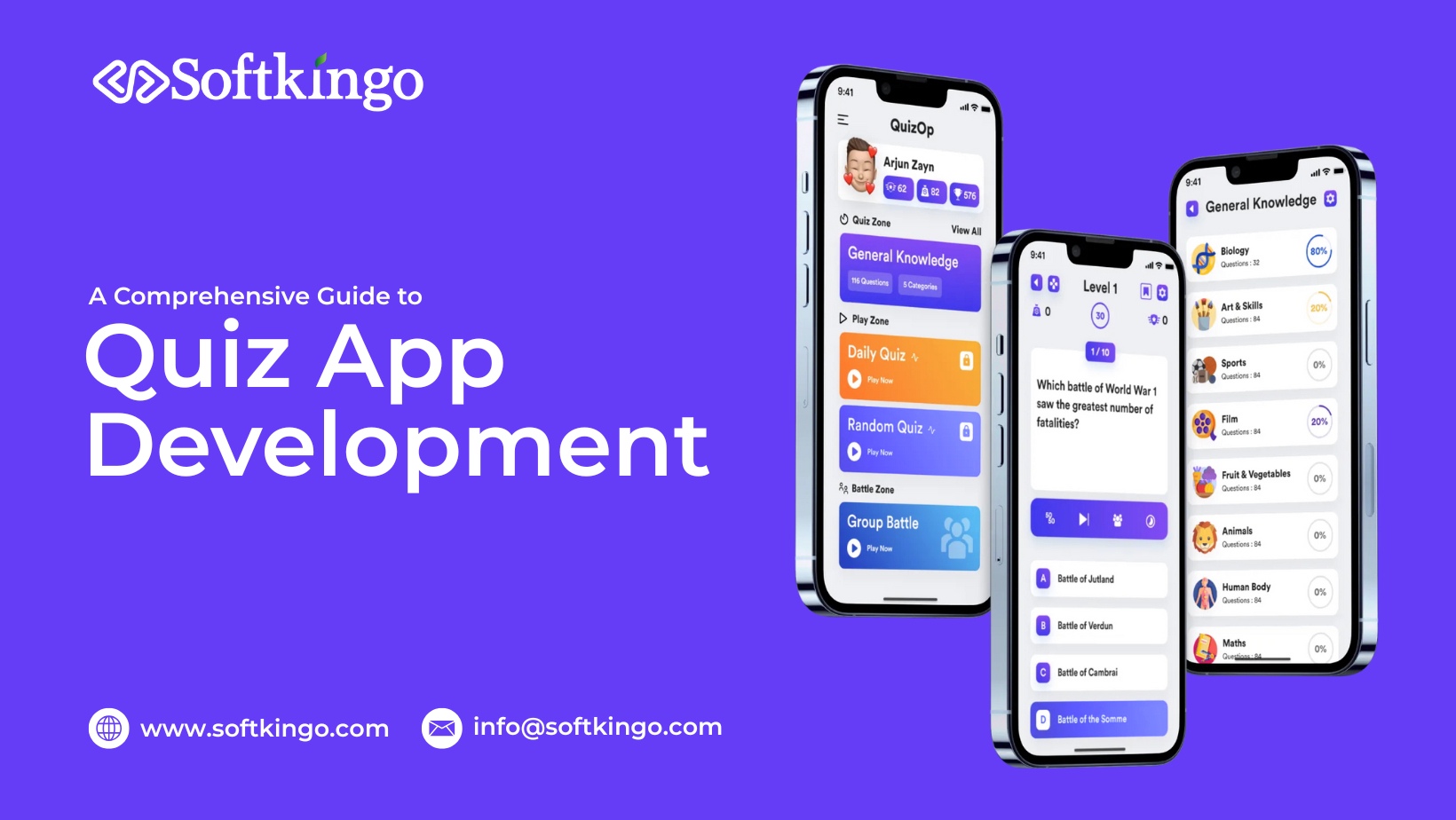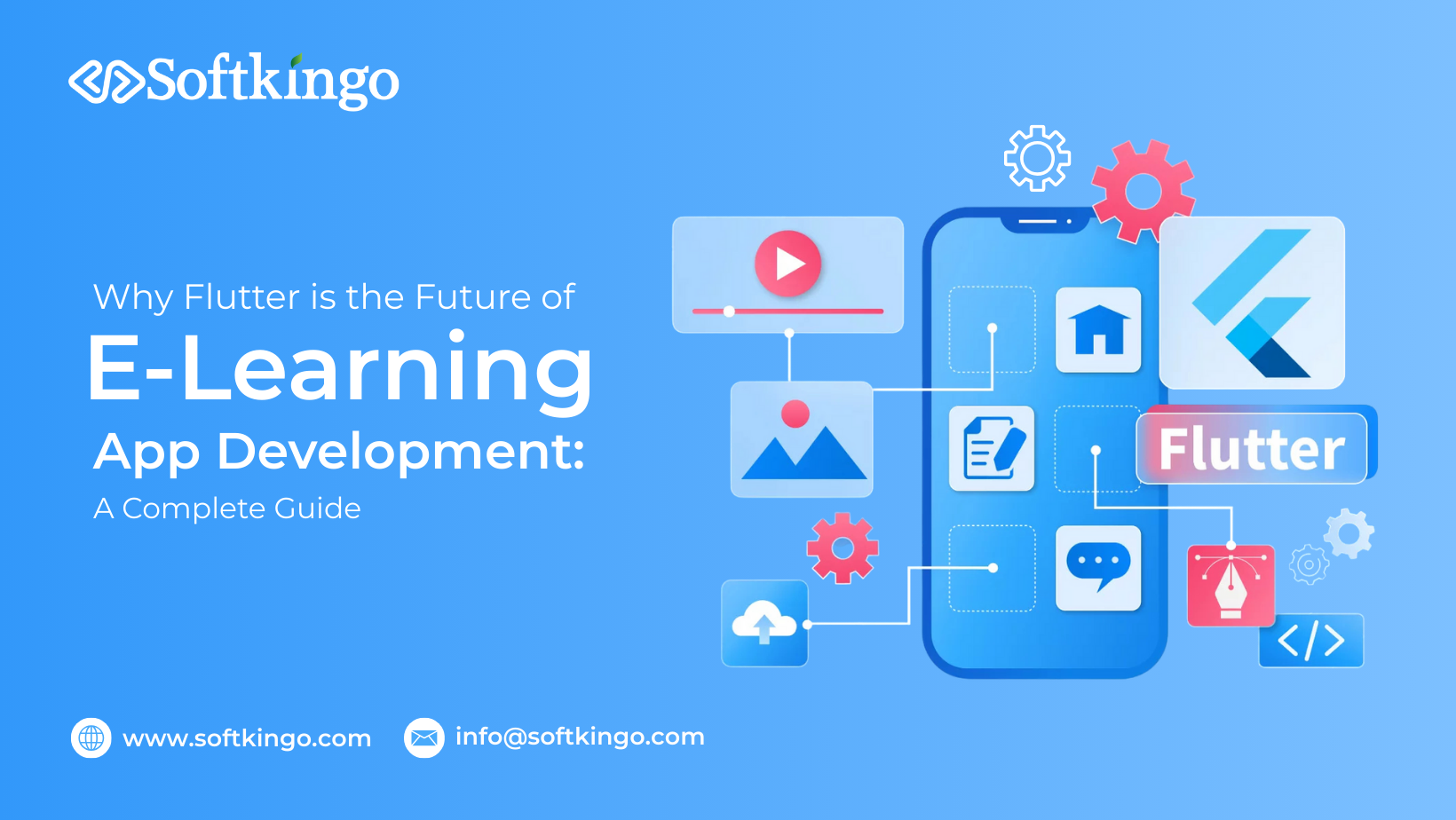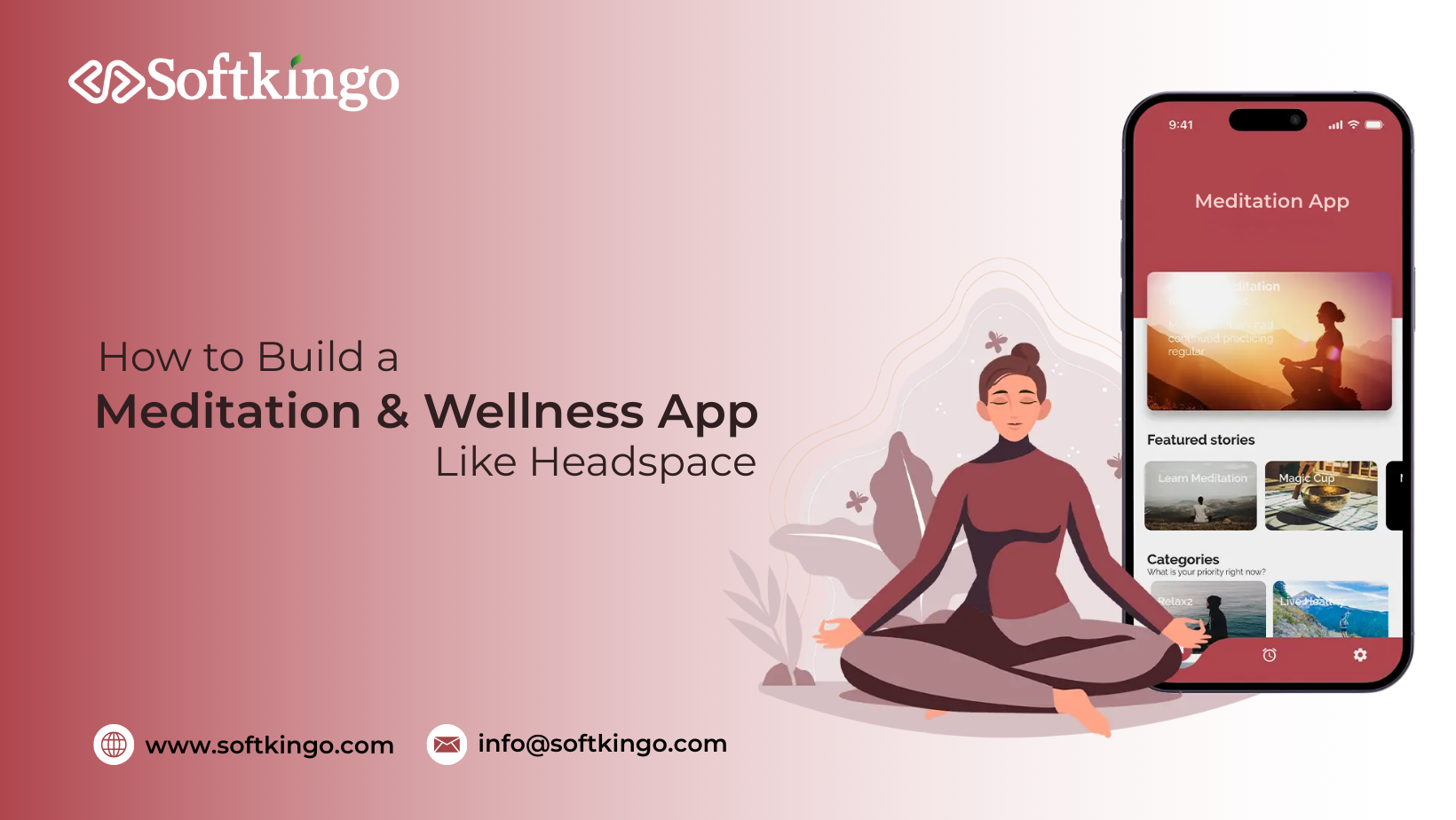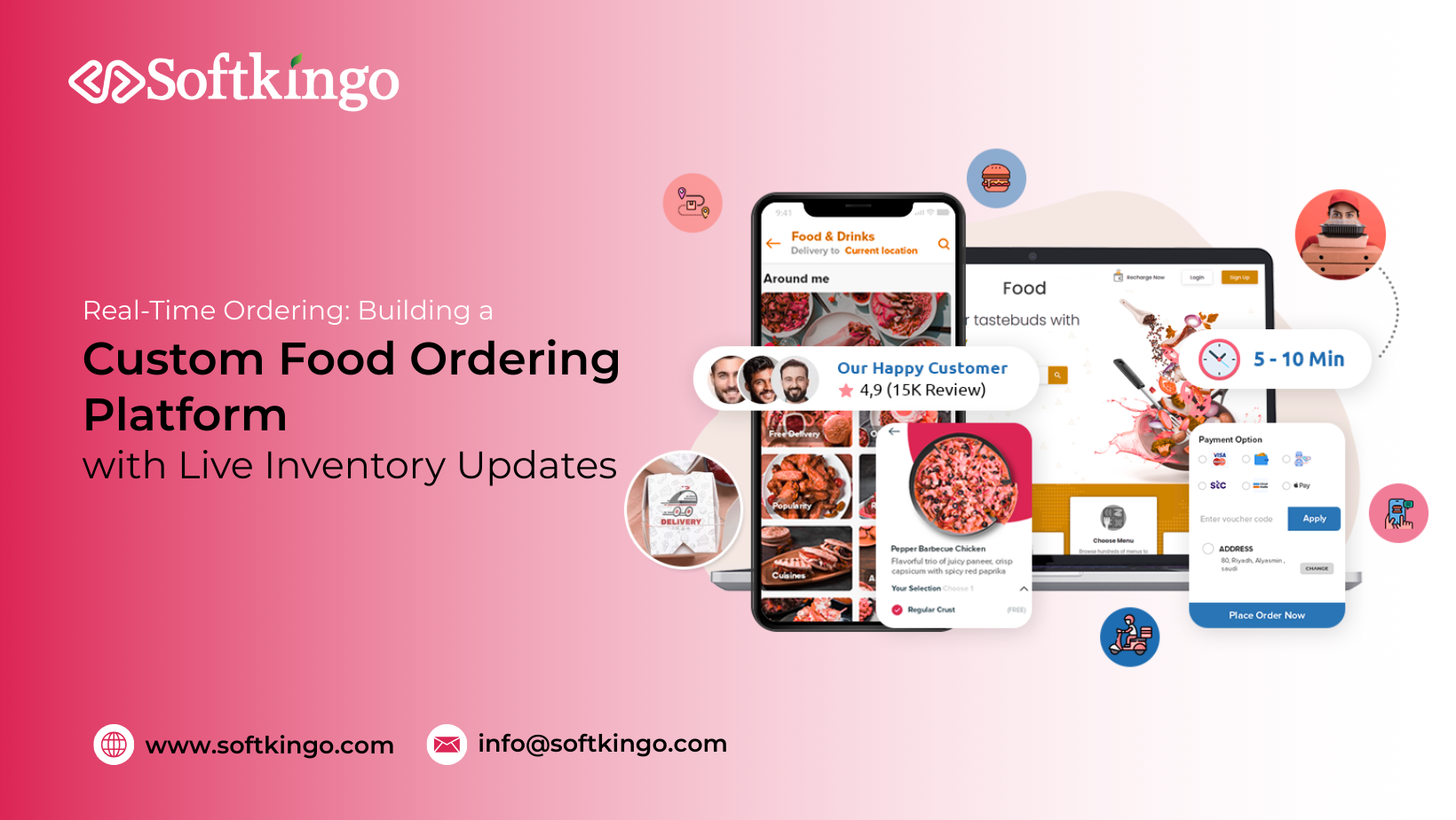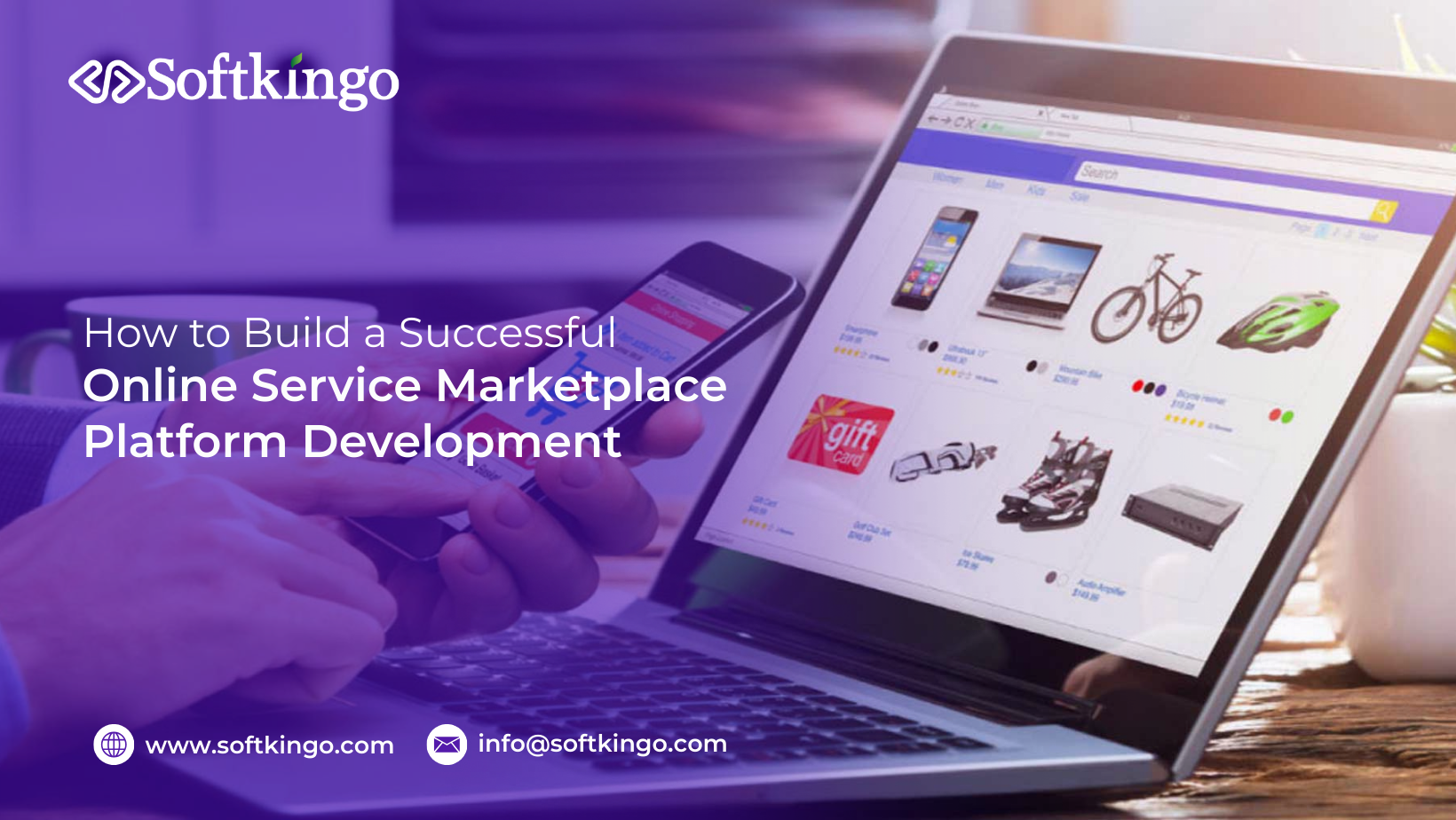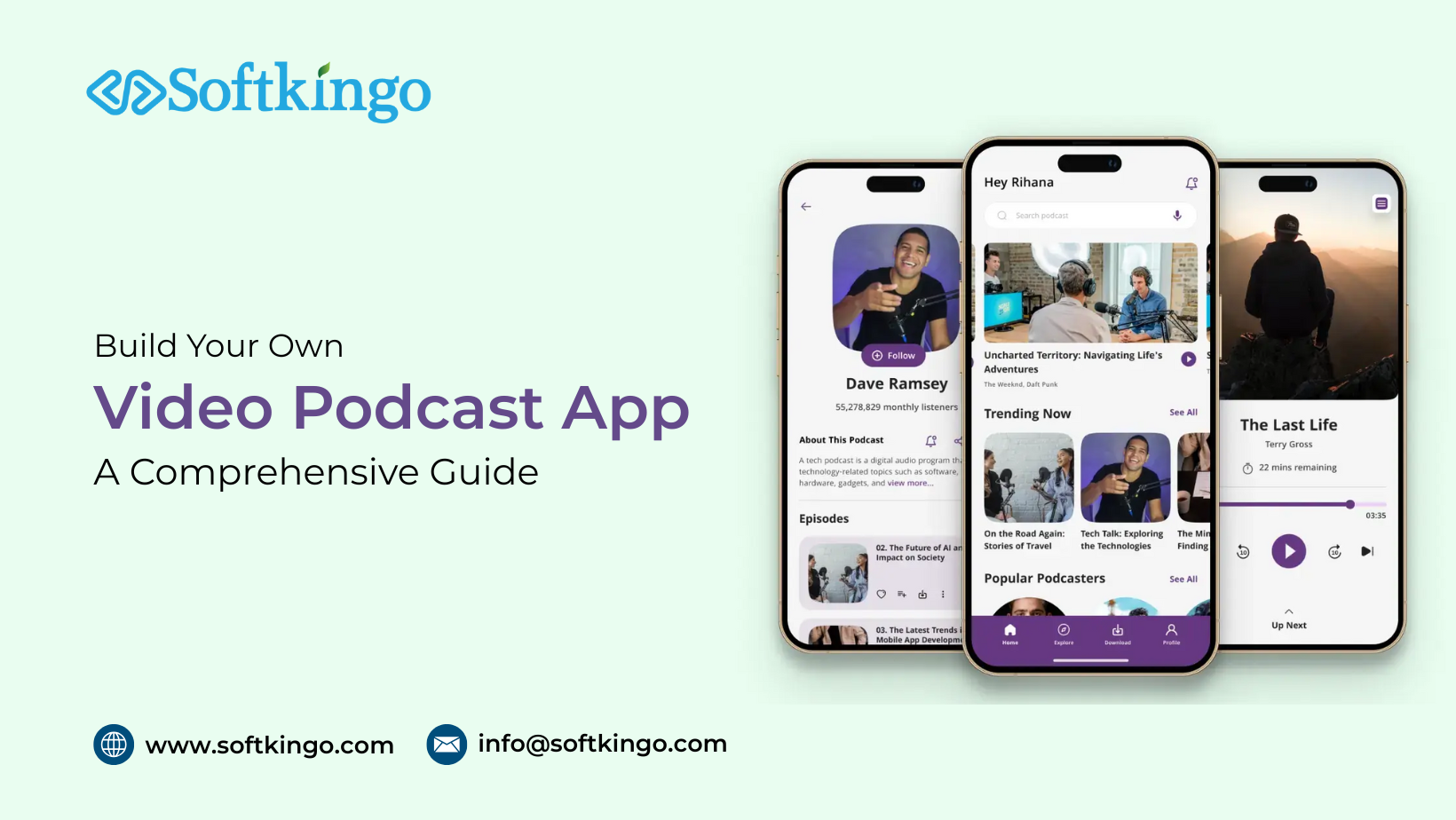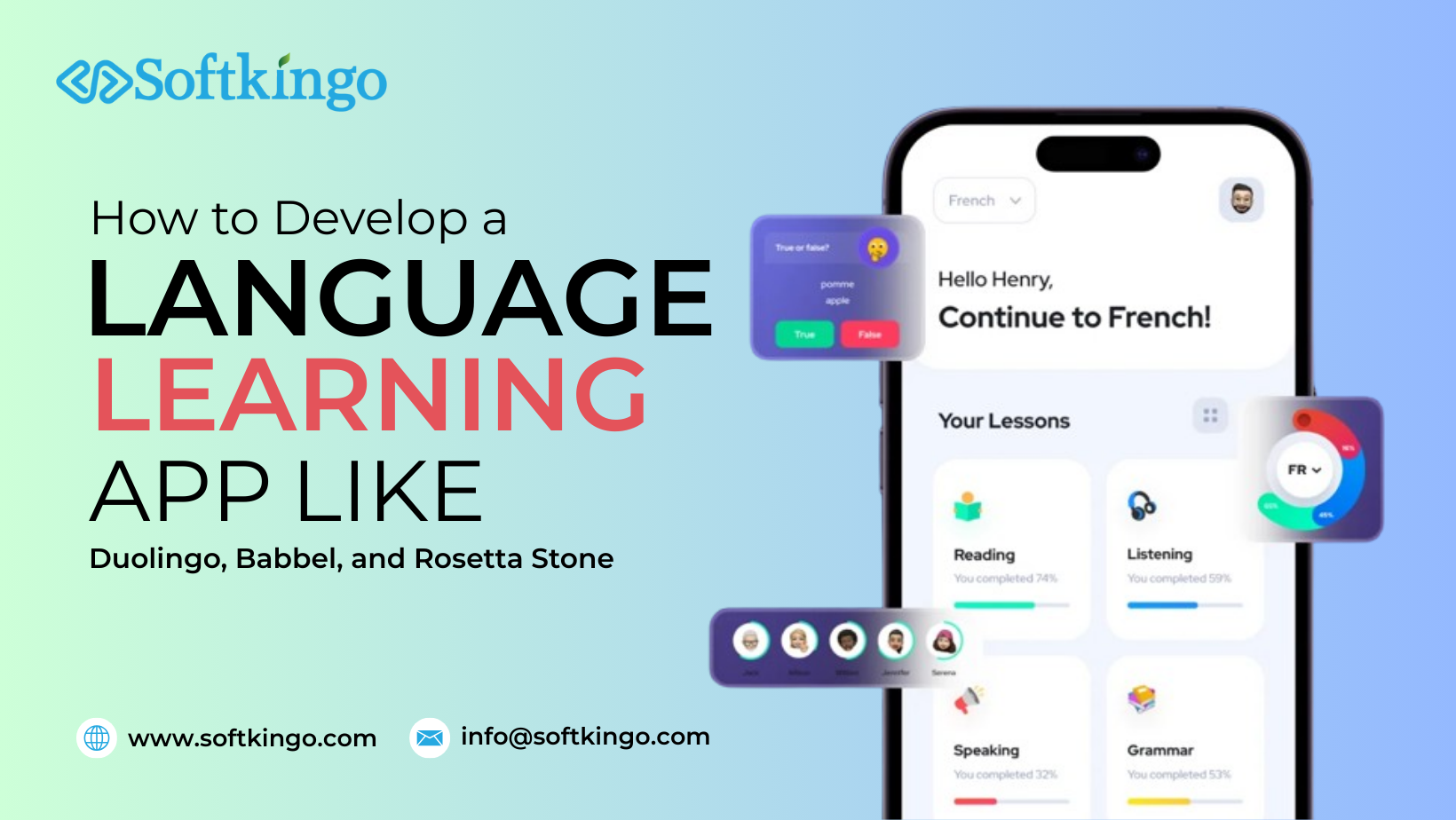
Learning a new language used to mean flipping through textbooks and attending long classroom lectures. Practice was minimal, feedback was slow, and motivation often faded. Today, technology has revolutionized how people acquire new languages—turning it into a fun, engaging, and highly accessible process.
Apps like Duolingo, Babbel, and Rosetta Stone have set the benchmark. They blend entertainment, AI-powered personalization, and interactive design to make language acquisition feel like a game rather than a chore.
If you're considering building your own language learning app, now is the time. The market is booming—projected to grow at a CAGR of 21.2% from 2025 to 2032, reaching a staggering $26 billion by 2032.
This blog will walk you through everything you need to know—from market trends and essential features to development costs and technology stacks.
Why Invest in Language Learning App Development?
1. Global Demand for Multilingual Skills
In an increasingly globalized world, speaking multiple languages isn’t just a bonus—it’s a necessity. Language skills enhance cross-cultural communication, broaden job prospects, and support global travel. Enterprises are actively seeking multilingual talent, making language proficiency a top soft skill.
2. Wide Range of Users
Language learning apps cater to:
- Students, who need flexible, supplemental tools.
- Travelers, who want to navigate foreign countries confidently.
- Professionals, looking to communicate better with international teams.
3. Profitable Revenue Models
Most apps follow a freemium model—free basic access with in-app purchases or subscriptions for premium content. Additional revenue comes from:
- One-time purchases
- Language packs
- Corporate licensing
- Affiliate marketing
4. AI is Revolutionizing Language Learning
Artificial Intelligence is changing the landscape:
- Speech recognition for pronunciation practice
- Adaptive learning paths that adjust based on user performance
- Conversational AI bots that simulate real-life dialogue
Market Trends: The Rise of EdTech and AI
- AI + NLP: Natural Language Processing improves grammar correction and pronunciation scoring.
- Gamification: Keeps users engaged through levels, badges, and streaks.
- Microlearning: Short, focused lessons work well for busy schedules.
- Voice & Visual Learning: Integrating multimedia boosts memory retention.
Must-Have Features for a Language Learning App
Here’s a breakdown of the key features that can set your app apart:
1. Interactive Lessons
Video, audio, text, and quizzes make lessons dynamic and engaging.
2. Grammar & Vocabulary Trainers
Use spaced repetition algorithms to reinforce vocabulary and grammar over time.
3. AI-Powered Speech Recognition
Provide real-time pronunciation feedback by comparing user input with native audio samples.
4. Daily Goals & Streaks
Gamified progression with streaks, points, and milestones helps sustain user motivation.
5. Flashcards & Quick Quizzes
Ideal for practicing tricky vocabulary and self-assessment.
6. Leaderboards & Rewards
Create healthy competition through community rankings and reward systems.
7. Offline Mode
Let users download lessons to study while traveling or in areas with poor connectivity.
8. Multilingual Interface
Make the app accessible in several languages to attract global users.
9. Conversational Chatbots
Simulate real-time conversations to build user fluency with AI-driven chatbots.
10. Admin Dashboard
Manage content, monitor engagement, and update course materials seamlessly.
Step-by-Step Guide to Building a Language Learning App
1. Define Your App’s Purpose and Audience
Start by identifying:
- Languages you’ll offer
- Skills to focus on: listening, speaking, reading, writing
- Audience segments: kids, travelers, business professionals
Each group will require different UI/UX and content strategies.
2. Market & Competitor Research
Analyze top apps (e.g., Duolingo, Babbel, Memrise):
- What features are most popular?
- What are users complaining about?
- Are there underserved niches?
Tools like App Annie, Gartner, or SurveyMonkey can support your research.
3. Design UI/UX
Design an intuitive interface using tools like Figma or Adobe XD.
- Use bright visuals and intuitive icons.
- Reduce the number of taps to complete any task.
- Prioritize accessibility and minimalism.
4. Choose Your Tech Stack
Choose frameworks based on your target platform and features.
Frontend:
- Flutter (Dart) – Cross-platform development
- React Native – Native feel using JavaScript
Backend:
- Node.js – Scalable, efficient server-side
- Firebase or MongoDB – For real-time user data storage
AI/ML:
- TensorFlow, PyTorch – For AI features
- Google Cloud Speech-to-Text API – For pronunciation analysis
5. Build Core Functionality
Start with an MVP that includes:
- Onboarding
- Learning modules
- Speech recognition
- Progress tracker
- Flashcards
6. Integrate APIs
Enhance learning by integrating APIs:
- Voice Recognition API (Google, Amazon)
- Chatbot API for interactive dialogue
- Translation API for real-time translations
7. Test Thoroughly
Perform QA testing across:
- Devices (iOS, Android, tablets)
- Network conditions (offline, 3G, 5G)
- Use real testers from your audience segment
8. Launch & Promote
Release your app on Google Play and App Store. Ensure compliance with their guidelines. Prepare:
- App screenshots
- Keyword-rich descriptions
- Launch campaigns using Google Ads, social media, influencer marketing
9. Maintain and Improve
After launch:
- Analyze user behavior via analytics tools
- Release regular updates
- Add languages, lessons, and features
- Encourage reviews and act on feedback
Cost to Develop a Language Learning App
Here’s a rough estimate:
| Type | Estimated Cost |
| MVP App | $16,000 - $52,000 |
| Full-feature App | $50,000 - $200,000+ |
| Annual Maintenance | 15–20% of initial dev cost |
Factors impacting cost:
- Number of platforms (iOS, Android, Web)
- Complexity of features (e.g., AI, chatbots)
- UI/UX design quality
- Developer region (North America vs. South Asia)
Conclusion: Start Building Today
You now have everything you need to develop a world-class language learning app—from market insights to must-have features and tech tools. Whether you're targeting global professionals or school-aged learners, the potential is immense.
The market is booming. Your idea is strong. The time is now.
Partner with a trusted app development firm like Softkingo. With our expertise in educational technology and custom solutions, we’ll help bring your concept to life—one smart feature at a time.
Ready to build your language learning app?
📞 Contact us now and let’s bring your vision to reality.
FAQs
How Long Does Development Take?
- MVP: 2–3 months
- Full-feature app: 4–6+ months
What’s the Best Tech Stack?
- Frontend: Flutter or React Native
- Backend: Node.js, MongoDB
- AI: TensorFlow, Google ML Kit
How Do I Monetize the App?
- Freemium model
- In-app purchases
- Ad-based monetization
- Subscription plans
Paramhans Singh is the CEO and founder of Softkingo Technologies, bringing over 8 years of experience in delivering custom software solutions that help startups and enterprises achieve their business goals. He has successfully validated more than 220 app and website ideas and delivered over 100 tailored solutions, utilizing a range of technologies such as Swift, Kotlin, React Native, Flutter, PHP, RoR, IoT, AI, NFC, AR/VR, Blockchain, and NFTs.



